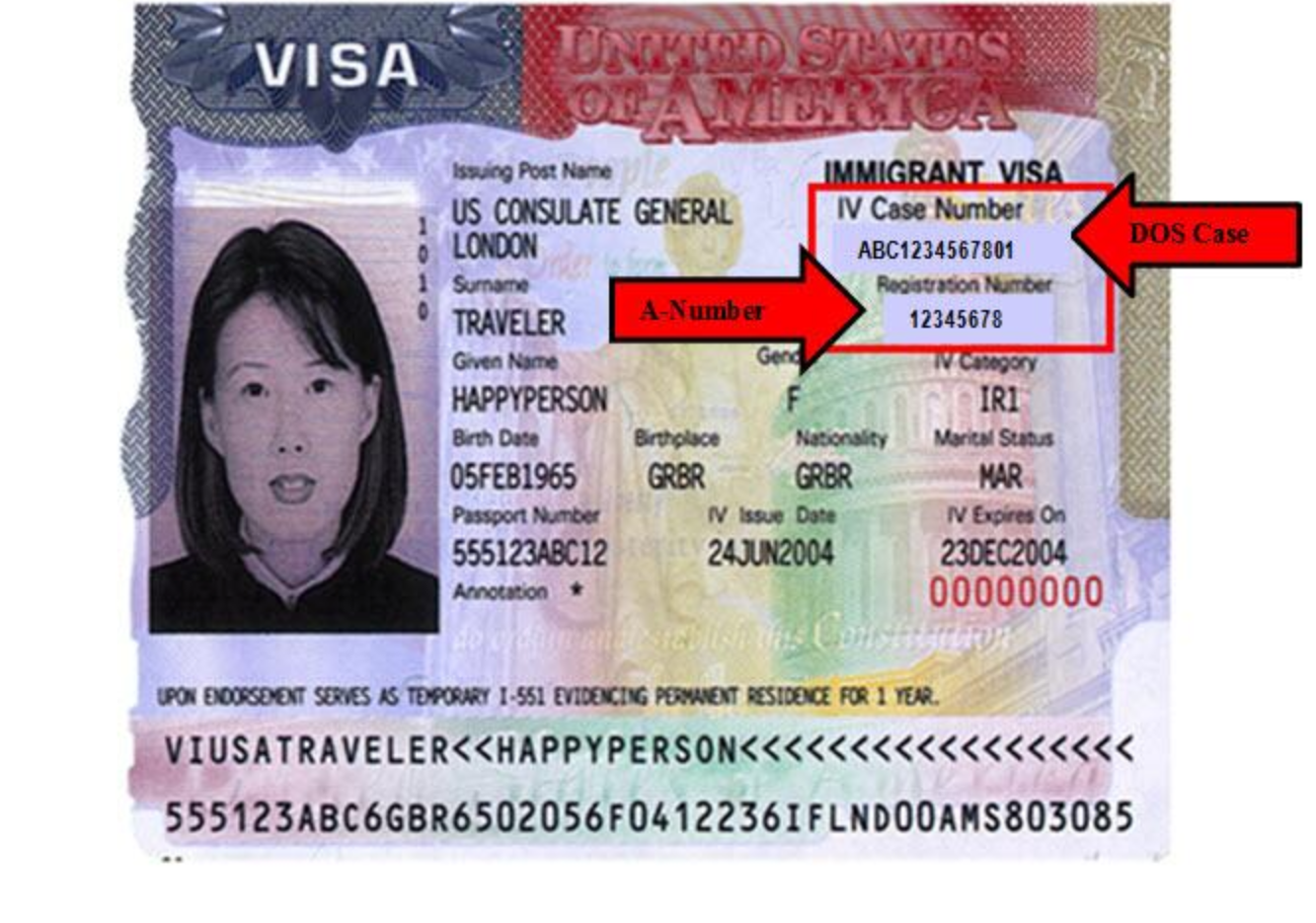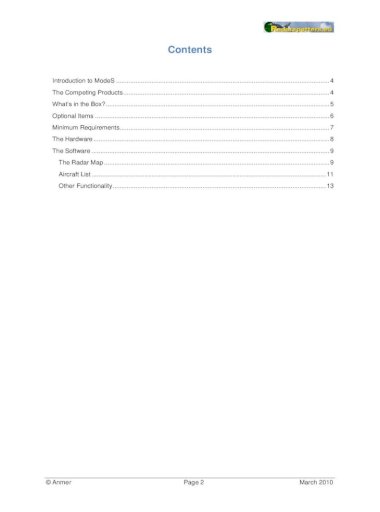

ADS-B signals are unencrypted and can be “seen” by simple ADS-B receivers. 31, 2019, ADS-B out transmits information about the equipped aircraft every second to about 630 ground stations, which route the information to controllers. The value of blocking is being questioned, however, because of ADS-B out. Note that ASDI data is filtered to remove sensitive operations and military aircraft. However, the operator can arrange with the vendor to view his own aircraft (which usually entails a fee). Subscriber-level blocking means that the ASDI data feed still gets delivered to the vendor, but the vendor agrees (by formal memorandum of agreement with the FAA) not to display that aircraft publicly on its flight-tracking website.

A disadvantage of source blocking is that the operator making the request cannot take advantage of flight-tracking services to see his own aircraft. Until ADS-B came along, this pretty much kept blocked aircraft from being visible on flight-tracking websites (with the exception of those with multilateration capability more about that later). With source blocking, no ASDI data is sent to the ASDI (flight-tracking) vendors. There are two types of blocking request: source blocking or subscriber-level blocking. Updates are made on the first Thursday of each month, and the block remains active until cancelled by the requestor. ASDI is the Aircraft Situation Display to Industry data feed of all IFR traffic receiving radar services from the FAA in the National Airspace System, which presumably now includes ADS-B information that is showing up on controllers’ radar screens.Īny aircraft owner or operator can make a simple request to the FAA to be on the block list, and NBAA has a useful summary of the process on its website. The FAA, however, still offers a way for operators to request blocking of particular aircraft from FAA radar data feeds, and this also can help prevent the particular aircraft from showing up on most flight-tracking websites.įormerly known as the Block Aircraft Registration Request (Barr) program and administered by NBAA, the program now appears to have no official name other than being referred to as “ASDI block” by the FAA. In fact, there currently is no physical way to block reception of mode-S transponder or ADS-B signals by a simple receiver. As more aircraft equip with ADS-B out capability, which broadcasts position, velocity, altitude and other information in unencrypted formats on easily received frequencies, business aircraft operators are concerned about whether they can continue blocking their aircraft from display on flight-tracking websites.


 0 kommentar(er)
0 kommentar(er)
